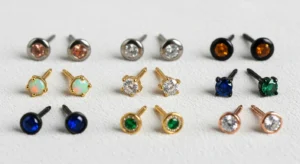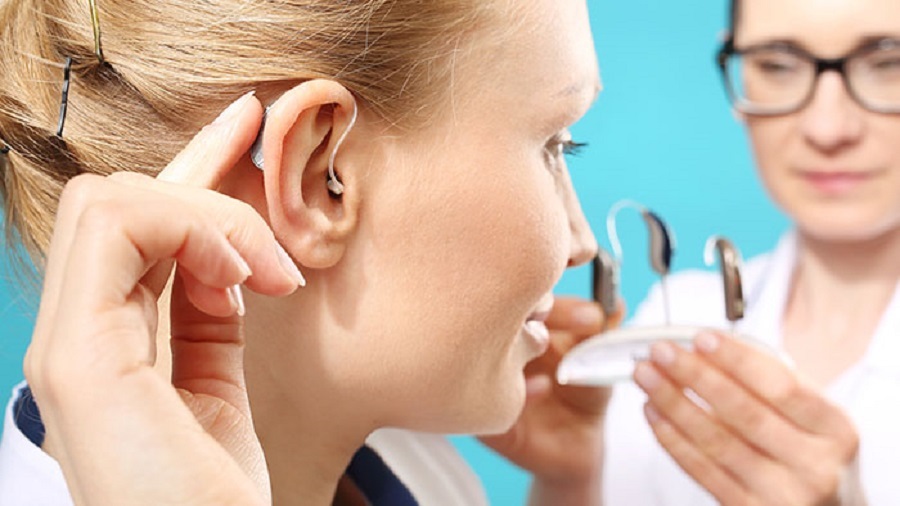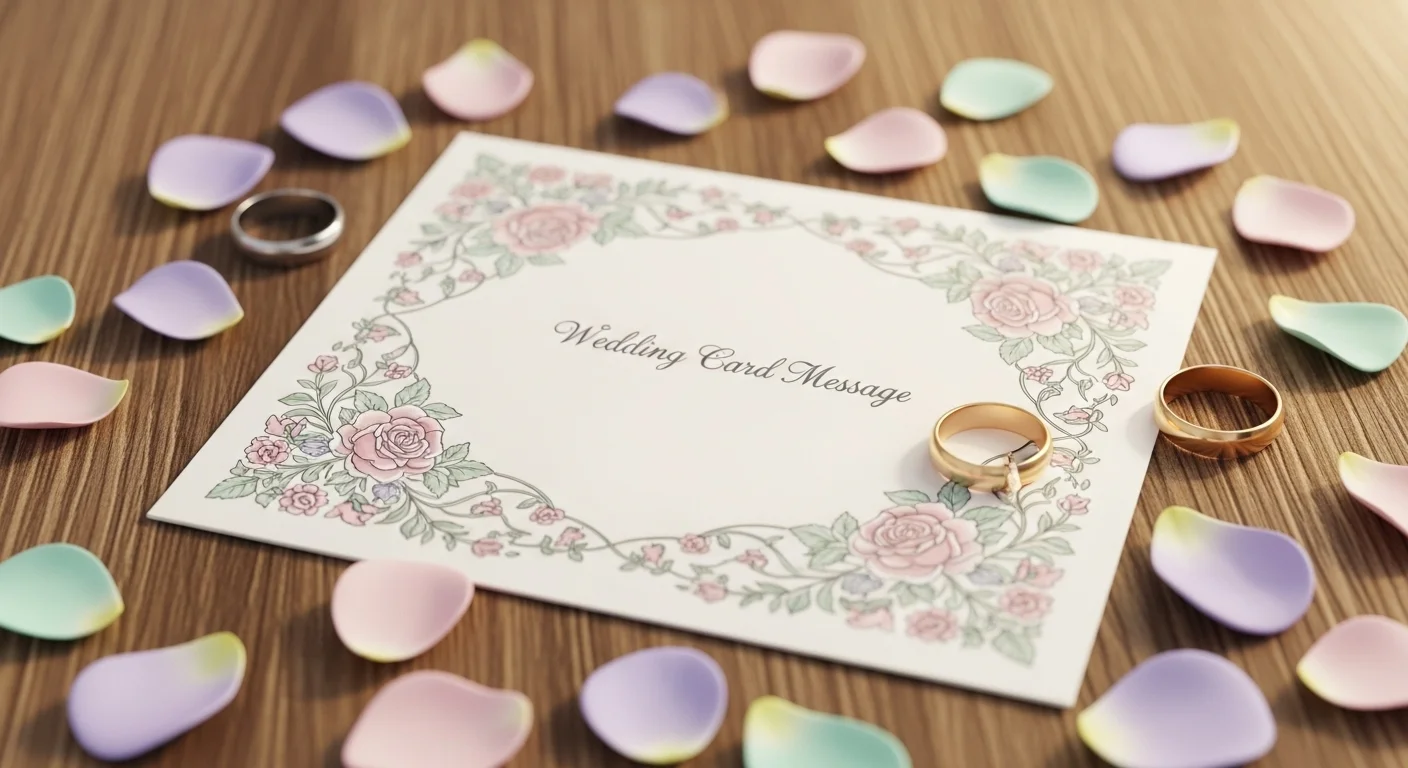A flat ear piercing has become one of the most stylish cartilage piercings, attracting people who want a modern look without choosing something too bold. Many individuals consider this piercing because it feels balanced, looks elegant, and suits different ear shapes. To help you make an informed decision, this complete guide explains the procedure, pain level, healing time, jewelry choices, aftercare steps, risks, and advanced tips that even top competitors often miss. You will also find helpful comparisons and expert insights so that you fully understand what to expect from your flat ear piercing.
What a Flat Piercing Is and Where It Is Placed
The flat piercing is located on the flat surface of the ear cartilage between the helix and the rook area. This spot is broad, which gives more room for creative jewelry. Unlike piercings that go through curved cartilage, the flat location allows the jewelry to sit smoothly. This placement makes it a favorite for minimalists as well as people who enjoy layered ear styling.
Why People Choose This Piercing
The growing popularity of this piercing is driven by aesthetics and comfort. Many individuals want a piercing that looks refined but still stands out. The flat location is perfect for gemstone studs, gold disks, and other elegant designs. Another benefit is that it works for both everyday wear and special events. People also love how easily it pairs with helix, conch, and lobe piercings.
Pain Level Compared to Other Piercings
Pain is one of the most common concerns. Generally, the pain level ranges from moderate to slightly high because the cartilage is thicker than that of the earlobe. However, most people say the pain lasts only a few seconds. If you compare it with a helix or conch, the experience is almost similar. Those with a higher sensitivity might feel more pressure, while others feel only a quick pinch.
To make the process easier, choose an experienced piercer who uses sterile needles, not piercing guns. A professional approach reduces discomfort and lowers the chance of complications after the procedure.
How long does the Flat Piercing Take to Heal
The healing phase is slow, similar to other cartilage piercings. On average:
-
Initial healing: 8 to 12 weeks
-
Full healing: 6 to 12 months
The outer part of the piercing heals first, but the inner tissue needs more time. Patience is essential, and switching jewelry early can delay healing or cause irritation. Many new piercings develop small bumps during healing, but these usually improve with proper care.
The Complete Procedure Step by Step
Knowing the process helps reduce anxiety. A professional piercer will:
-
Clean the ear thoroughly.
-
Mark the exact spot to match your ear shape.
-
Use a sterile hollow needle to make the piercing.
-
Insert the jewelry immediately after piercing the cartilage.
-
Provide aftercare instructions based on your skin sensitivity.
The process is quick and safe when done in a reputable studio. Make sure the studio follows strict hygiene rules because cartilage infections can be more serious than earlobe infections.
Best Jewelry Options for the Flat Area
The flat location supports a wide range of jewelry styles. Flat-back studs are the most comfortable because they sit securely without poking behind the ear. Titanium and gold are the top choices because they work well with sensitive skin. Some people prefer gemstone studs, while others choose plain disks for a clean look.

For a more stylish look, you can try clustered studs, tiny shapes, or small diamonds. However, do not insert heavy jewelry during the early healing phase because weight puts pressure on the cartilage.
Aftercare Routine for Fast and Safe Healing
Proper aftercare protects the piercing from swelling, irritation, and infection. The best routine includes:
-
Cleaning twice a day with a saline solution
-
Avoiding unnecessary touching
-
Keeping hair away from the area
-
Allowing no pressure when sleeping on the pierced side
Avoid using alcohol, ointments, or hydrogen peroxide because they dry the skin and slow healing. If you use makeup or hair products, keep them far from the pierced area. Consistency is key because cartilage takes longer to repair itself.
Risks and Complications to Watch Out For
Every piercing has risks, and this one is no exception. Be aware of the following issues:
-
Swelling that lasts long
-
Redness that continues beyond the first few days
-
Piercing bumps caused by irritation
-
Infections from improper cleaning
-
Keloids in people prone to them
If symptoms worsen instead of improving, visit a professional piercer or a healthcare provider. Most complications occur because of pressure, poor cleaning, or low-quality jewelry.
Cost of Getting This Piercing
The price depends on the studio, location, and jewelry material. High-quality titanium or gold studs cost more, but they reduce the chances of irritation. A typical range includes the procedure plus jewelry. Always choose quality over low prices because the health of your ear cartilage matters more than saving a small amount of money.
Styling Ideas to Elevate Your Ear Aesthetic
One of the best things about this piercing is how well it blends with other ear piercings. You can pair it with a helix for a textured look or combine it with multiple lobe piercings for a layered style. If you want something unique, try pairing it with a rook or conch piercing to balance the upper and inner ear. The placement allows you to express your personality through jewelry without looking overly bold.

Mistakes to Avoid Before and After the Procedure
Many people make errors that delay healing. Here are the most common mistakes you should avoid:
-
Touching the piercing too often
-
Sleeping on the pierced side
-
Switching jewelry too soon
-
Using low-quality metals
-
Ignoring early signs of irritation
Take pictures during healing so you can compare progress. If bumps or redness appear, adjust your aftercare routine immediately.
When You Should Consider Removing or Replacing Jewelry
If the piercing becomes extremely painful, swollen, or infected, consult a professional before making changes. Sometimes the jewelry needs to be resized for a better fit. A professional will determine whether you need a longer post or a different material. Do not attempt removal on your own during the early healing phase.
Final Thoughts
A flat ear piercing is a stylish and flexible cartilage piercing that suits both minimal and creative jewelry lovers. It offers the freedom to experiment while maintaining a polished look. With proper aftercare, patience, and high-quality jewelry, you can enjoy a beautiful piercing that enhances your ear styling for years. If you want an elegant and modern addition to your ear, an ear piercing with flat back can be a perfect choice. Before making your decision, understand the healing process and choose a professional piercer who prioritizes hygiene and safety. When done correctly, your flat ear piercing becomes a timeless part of your style, allowing you to express your individuality with confidence. Taking the right steps makes your ear piercing flat experience smooth, safe, and rewarding.
FAQs
1. How painful is a flat piercing?
Most people describe the pain as moderate because the needle goes through cartilage. The discomfort is quick and usually fades within a few minutes. The pain level can vary depending on your sensitivity and the skill of the piercer.
2. How long does a flat piercing take to heal completely?
The outer layer may feel better within two to three months, but the inner tissue needs several more months to recover fully. Complete healing can take six to twelve months.
3. What type of jewelry is best for this piercing?
Flat back studs made of titanium or gold are ideal because they reduce irritation and feel comfortable during daily activities.
4. Can I sleep on the side of my new piercing?
It is better to avoid sleeping on the pierced side during the early healing phase. Pressure can cause swelling, irritation, or bumps. Using a travel pillow with an open center can help reduce pressure when sleeping.























Leave a Reply